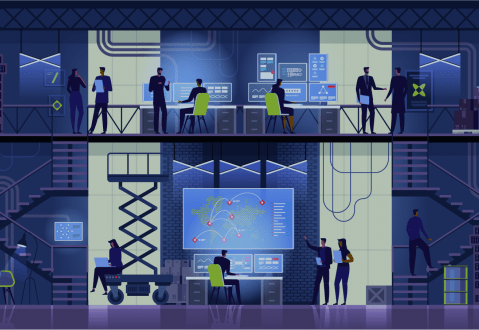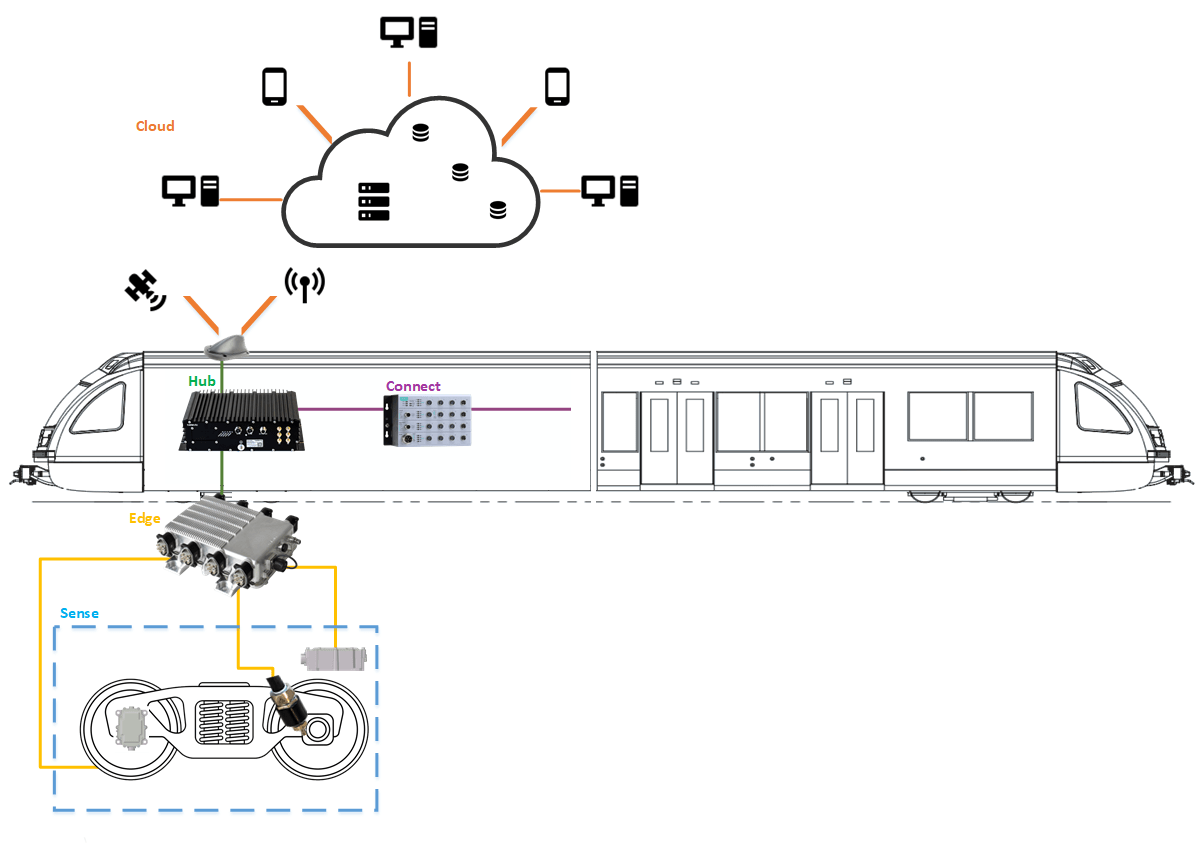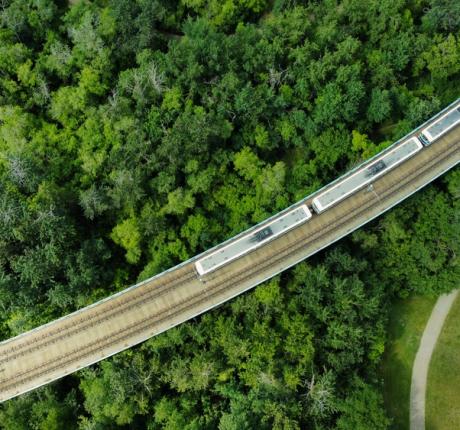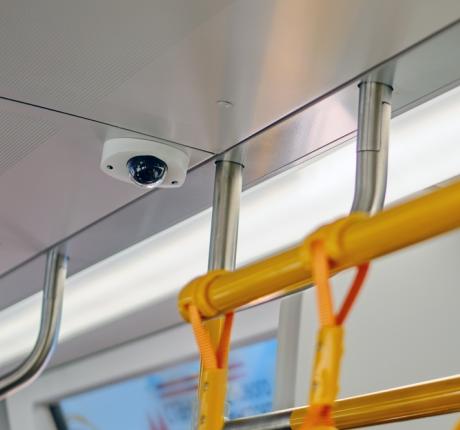
Collect data and present actionable insights with dynamic dashboards
The ability to connect devices and many types of sensors and automate processes without human intervention is already paying dividends for rail operators. They are seeing the advantages of increased efficiency and productivity combined with reduced costs.
At the heart of this revolution is the way data is viewed and used in the decision-making chain. Televic GSP now offers the ability to unlock the power of your data and improve your maintenance process with COSAMIRA dynamic dashboards.

What is a dynamic dashboard?
The COSAMIRA System dynamic dashboard enables an operator to present the most important data in a user-friendly format that enables intelligence-driven decision making. The dashboards process and present unprecedented amounts of sensor data, giving valuable insight into the real-time operational condition of tracks and trains.
- Easy-to-process, in-depth information about your assets and environmental circumstances
- Detailed recommendations regarding maintenance tasks
- Integration with other systems for seamless work order production and spares planning
- Ready-to-use and relevant dashboards for every stakeholder
- Automatic updates with real-time data
Stay up-to-date! Subscribe to our news today.
Dynamic dashboards are useful for…
Rail companies who want to optimize their maintenance processes and reduce operational costs but struggle to gain insights from their data.
Why do you need a dynamic dashboard?
As many as 50 sensors per coach collect huge amounts of data on the temperature of components, vibration, speed, acceleration and load on the train’s metal structure. To turn this raw data into useful information, COSAMIRA uses data mining techniques, identifying patterns in the data (anomaly detection) and the causes of outcomes (root cause analysis).
Static versus dynamic dashboards
Until recently, dashboard solutions were based on static models expected end users to have detailed knowledge about the data and to craft dashboards themselves. Moreover, these solutions were difficult to integrate into a feedback loop or an existing workflow.
|
Static dashboards |
Dynamic dashboards |
|
Should be updated manually |
Updates automatically with real-time data |
|
Data has to be updated in every single format |
Format is easy to change |
|
Information can be from a certain viewpoint (accidentally or deliberately) |
Everyone sees the same underlying data, so it’s more objective |
|
Bringing up underlying data takes a lot of effort |
Ability to drill down into the underlying data |
|
Difficult to integrate with other systems |
APIs allow dashboard customization |
|
Requires expert knowledge on data, creating dashboards and adding new data sources |
Uses anomaly detection and root cause analysis to find out what happens and why it happens |

Where?
COSAMIRA collects data on-board trains to process on the wayside.









